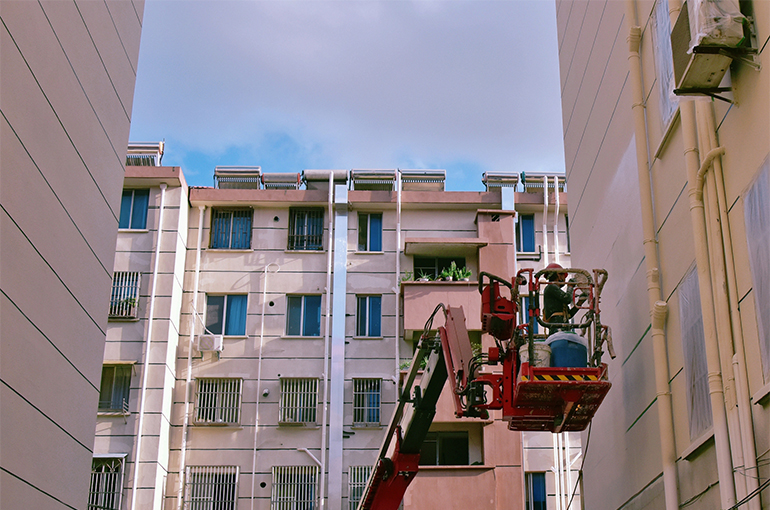 Urban Renewal Projects in Shenzhen Stall Amid Property Market Slump
Urban Renewal Projects in Shenzhen Stall Amid Property Market Slump(Yicai) Sept. 11 -- More than 10 urban renewal projects in Shenzhen have encountered hurdles, such as construction suspensions and delayed temporary resettlement compensation payments, because the domestic real estate market is still in a downward cycle.
Among the property developers involved in such projects, there are Kaisa Group Holdings, an embattled Chinese real estate firm mainly involved in urban renewal projects, Shenzhen Xinhuacheng Real Estate, and Shenzhen Hengyu Industry (Group), which primarily focuses on luxury residential properties, Yicai learned from comments on social media.
Kaisa, once known in China as the 'King of Urban Renewal,' has been having difficulties in advancing several urban renewal projects.
For example, some people complained on social media in May that Kaisa had not yet begun construction of a project in Shenzhen's Longgang district, even though it was demolished seven years ago. Moreover, the firm had not paid the temporary resettlement compensations for more than one year.
Another project of Kaisa in Longgang was also idle in May, according to other complaints on social media. Some buildings were left unfinished when construction halted several years ago.
Temporary resettlement compensations are the monthly payments made by developers to homeowners to help them cover relocation costs while waiting for their old houses to be rebuilt. For example, the amount for projects in Longgang is about CNY20 (USD2.80) per month per square meter.
Property developers' financial constraints are not the main reason for the slowdown in the construction progress of urban renewal projects, Li Yujia, a researcher at the Guangdong Housing Policy Research Center, told Yicai. The most important reason is that developers acquired the development rights for these projects during the real estate boom, so the original compensation amounts are very high for the current situation, Li explained.
Builders' expectations for sales revenues of renewed properties have decreased, meaning that they may not be able to recover the projects' development costs. Therefore, slowing down the construction pace is also a necessity, Li noted.
A staffer at a Shenzhen-based developer told Yicai that his company has relatively sufficient development funds but does not plan to use the money to start urban renewal projects because it still has several new housing projects for sale in the city, and its inventory clearance rate is relatively slow. "Even if we complete the construction of renewed homes, clearing the inventory would still be a challenge."
Regulators should adjust the old demolition compensations per floor area to align with the current market demand and property prices, thus increasing developers' enthusiasm for these urban renewal projects, Li suggested.
Second-hand home sales in Shenzhen soared 32 percent in the first half of the year from a year earlier, according to statistics from the Leyoujia Research Center. However, new home sales plunged 25 percent in the period, with the inventory turnover period reaching 24.8 months as of June 30.
Editors: Tang Shihua, Futura Costaglione